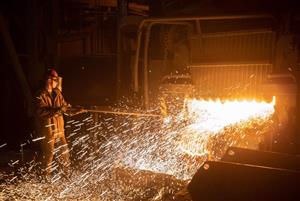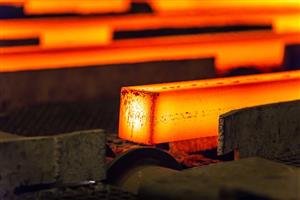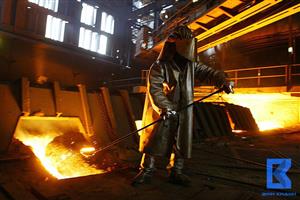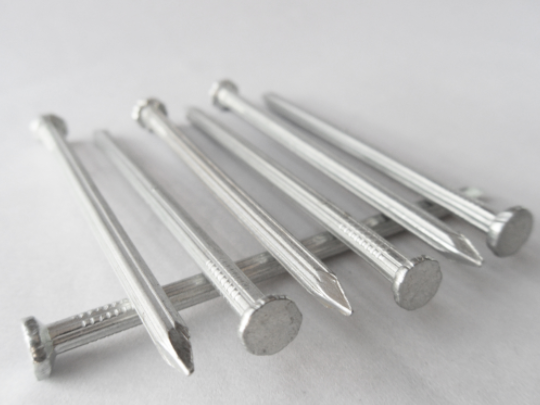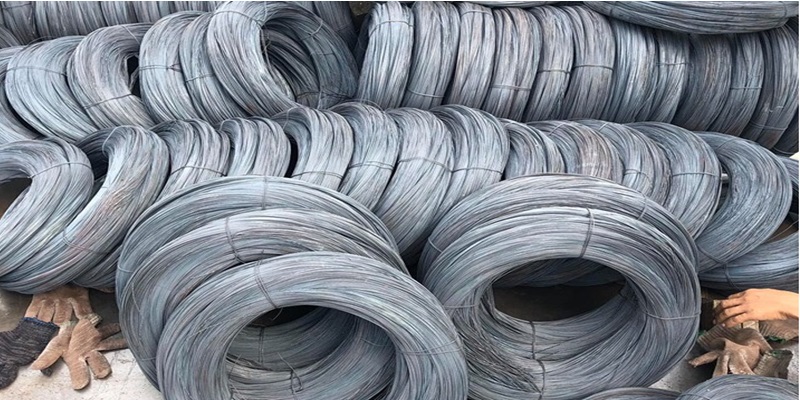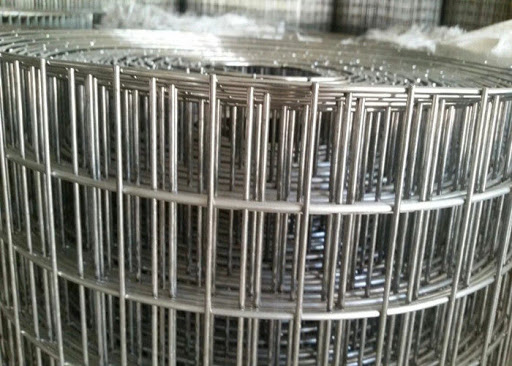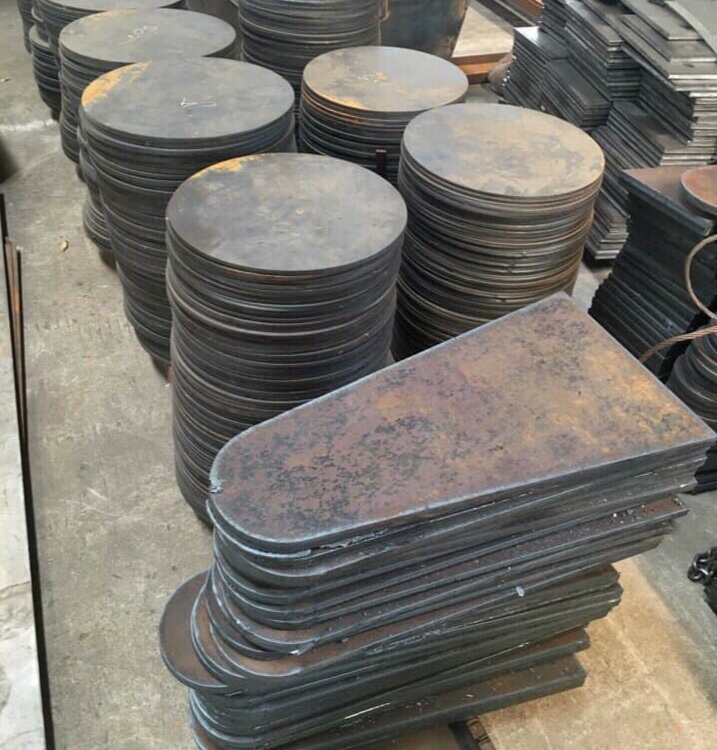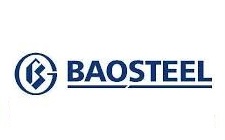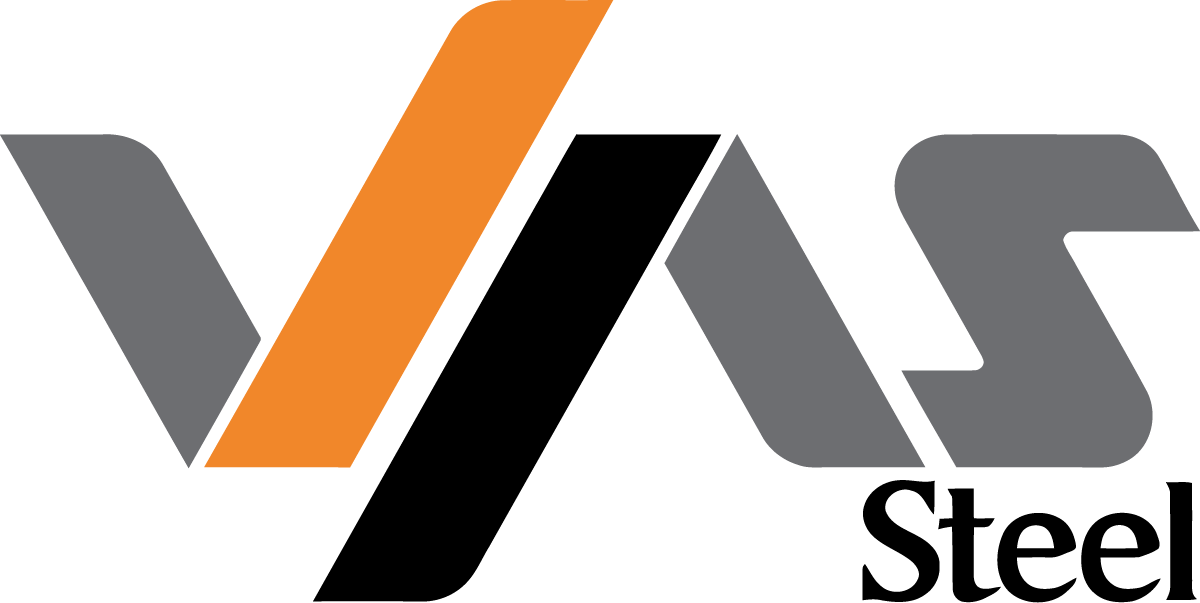According to multiple steel industry sources on Monday, many countries are making concerted efforts to become self-sufficient in steel production amid the US-China supply chain conflict.
In particular, Southeast Asian countries are significantly increasing crude steel production.
Malaysian steelmaker Eastern Steel Sdn Bhd, a joint venture between Malaysia's Hiap Teck Venture Bhd and China's Beijing Jianlong Heavy Industry Group, began operating a new blast furnace in August.
The new blast furnace, located about 60 kilometers north of Malaysia's eastern port city of Kuantan, is expected to increase the company's annual crude steel production capacity to 2.7 million tons from 700,000 tons.
Crude steel is molten iron from blast furnaces and electric furnaces and is a raw material for the production of steel products.
Eastern Steel already exports 40% of its steel products to other Southeast Asian countries, including Thailand and Indonesia, and now plans to expand exports with the commissioning of a new blast furnace.
The company plans to install an additional blast furnace with an annual production capacity of 1.3 million tons in the next few years, further expanding production capacity to 4 million tons.
The development adds to the gloomy outlook for Korean steelmakers, including POSCO and Hyundai Steel Co., which already export more than 20% of their steel products to Southeast Asia.
According to a report by the Organization for Economic Cooperation and Development (OECD), the steel production capacity of 10 Southeast Asian countries, including Vietnam, Indonesia, Malaysia, Thailand, Philippines and Singapore, is expected to increase. up to 35% in 3 years from 80.4 million tons in 2022 to 100.9 million ~ 108.4 million tons in 2025.
The World Steel Association predicts steel production capacity in Southeast Asia will increase by 91 million tons between this year and 2030.
The strong move by Southeast Asian countries contrasts with China's recent decision to reduce steel production after becoming the epicenter of global steel oversupply over the past two decades.
China's steel output decreased 1.7% over the same period to 1.03 billion tons in 2021 and continued to decrease 2.1% to 1.01 billion tons in 2022.
POSCO has also frozen its steel production capacity for the past ten years. The OECD said in its report that “the expansion of production capacity in Southeast Asia and the Middle East has led to significant global growth in steelmaking capacity, raising concerns about the oversupply around the world.
“The only way for Korean steelmakers to survive is to continue innovating high-end materials such as steel plates,” said Lee Joon-ho, a professor of Materials Science and Engineering at Korea University. car".
Sat Thep
 English
English  Vietnamese
Vietnamese
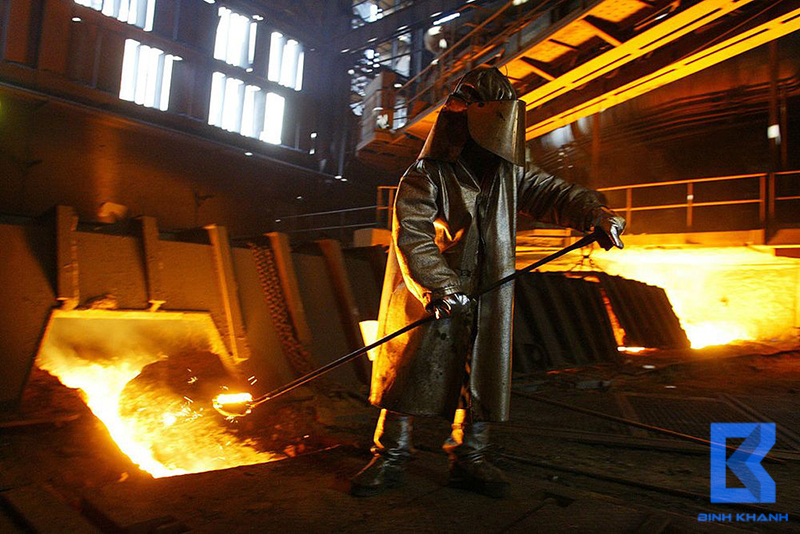


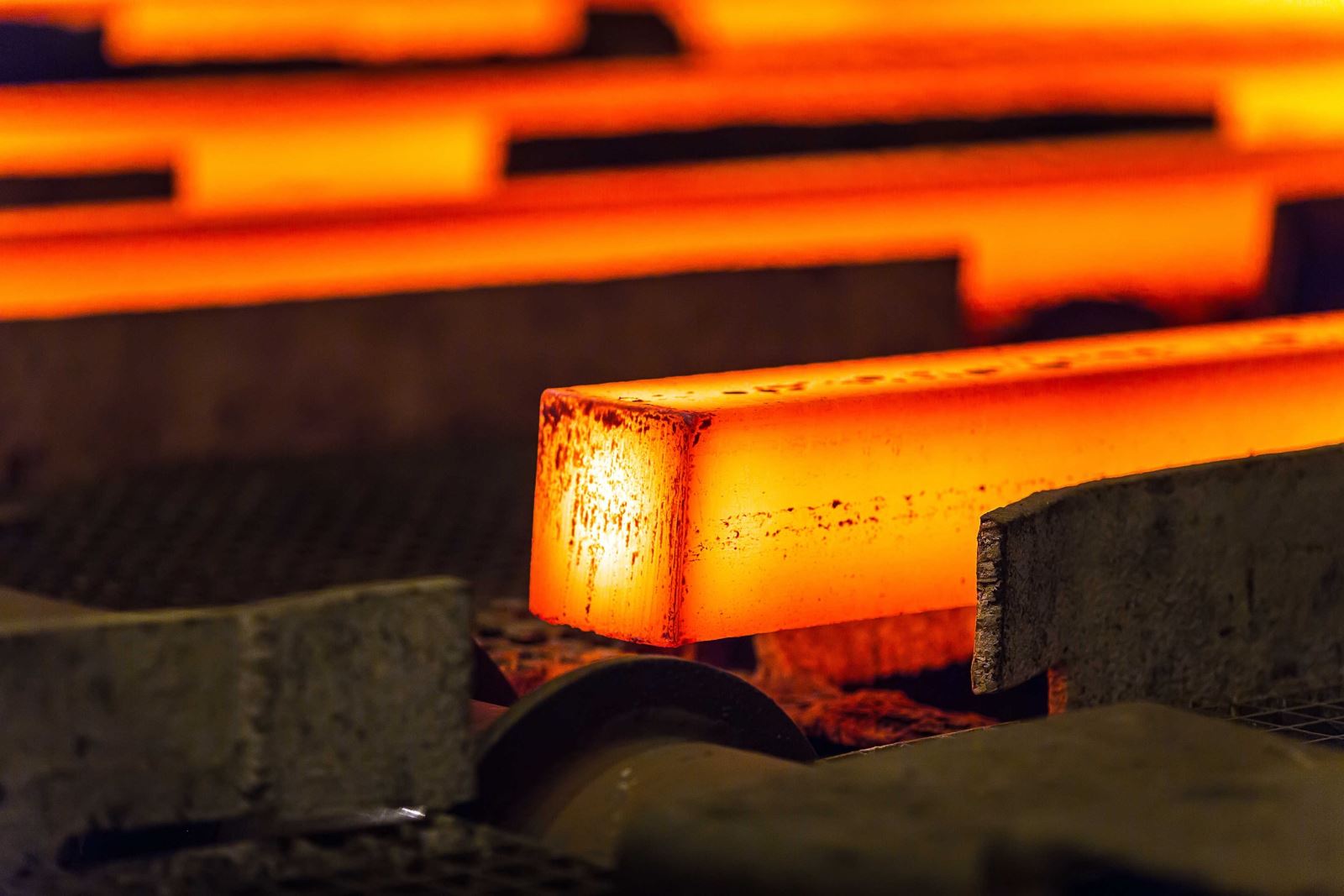

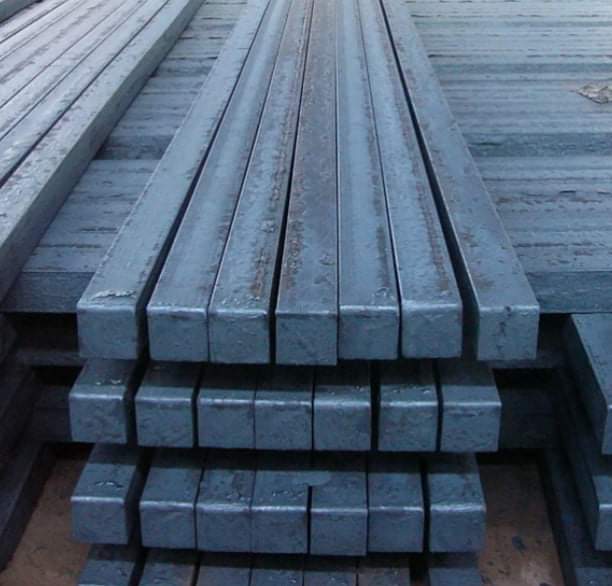

w300.jpg)
